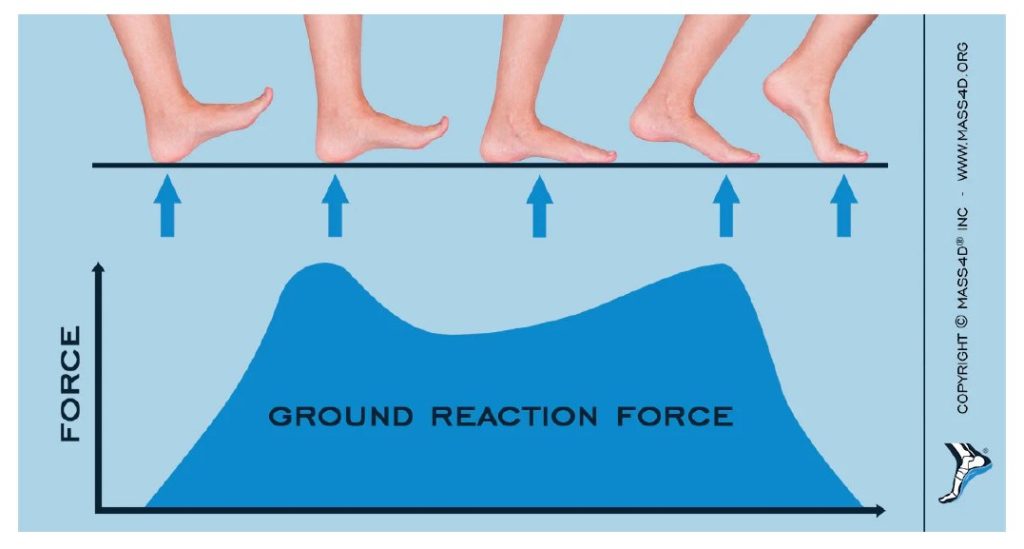Does Nordic Walking technique influence the ground reaction forces?
- Contact INWA Research
- Does Nordic Walking technique influence the ground reaction forces?
- Comparison of 12 Weeks of Nordic Walking and Recreational Walking to Improve Cardiorespiratory Capacity and Fitness in Older Women
- Nordic Walking & Arthritis
- Nordic Walking & Cancer
- Impact of sendentarism due to Covid-19
- Nordic Walking & Cardiovascular Disease
- Nordic Walking & Diabetes
- Nordic Walking & Fibromyalgia
- Health Benefits Of Nordic Walking: A Systematic Review
- Nordic Walking & Intermittent Claudication
- Nordic Walking & Lymphoedema Secondary To Breast Cancer
- Nordic Walking & Menopause
- Nordic Walking & Parkinsons
- WOMEN`S MOTIVATION TO ENGAGE WITH THE NORDIC WALKING
- Muscular and metabolic response to different Nordic Walking techniques, when style matters
- Nordic Walking & The Metabolic Syndrome
- Nordic Walking & Pain
- Nordic Walking & Pulmonary Disease
- Nordic Walking & Biomechanics
- Nordic Walking & Older Adults
- Nordic Walking & Osteoarthiritis
- Physiological responses associated with Nordic Walking
- Nordic Walking & Pregnancy
- Nordic Walking & The Workplace
Research Review by, June Stevenson (New Zealand), Medicine Certified Trainer, Sports Studies University of Otago, Auckland University of Technology (Graduate Diploma), Sports and Exercise, in cooperation with Masaki Takeda (Japan), Sports Physiology, Cardio respiratory Control and Metabolism during Exercise, Physiological Effects of Exercise Training, Research member Doshisha University Japan and Prof. Barbara Pellegrini (Italy) University of Verona- UNIVR – Department of Neurological, Neuropsychological, Morphological and Movement Sciences- INWA:
Does Nordic Walking technique influence the ground reaction forces? (Encarnación-Martínez et al., 2023) Gait & Posture, 101, 35-40. https://doi.org/10.1016/j.gaitpost.2023.01.017
29 male, physically active, sport-science students were randomly assigned into three groups to provide an analysis of the effect of speed and ground reaction forces (GRF)1 (figure 1) between Nordic Walking (NW) using the Alpha technique (AT)2, versus the Diagonal technique (DT)3, and Walking (W). Two different speeds (preferred and fast) were tested.
GRF outcomes:
NW had higher stance time, vertical impact and heel strike values compared to W.
NW had lower midstance vertical force and propulsive impulse force (toe-off) compared to W.
Walking Speed outcomes:
Speed is significantly higher during NW compared to W (both speed conditions).
Generally, there were greater force values with increased speed, in both NW and W, at variable points.
Discussion:
Both NW techniques increased the GRF compared with Walking at the initial heel strike, due to the increased NW speed and opposite movement of the body (forward) compared to the poles (backward). However, as the poles and direction of the lower limbs move into the same direction, there is a decreased GRF at toe-off.
With the DT, the trunk leans slightly forward, rotates and the poles are actively pushed backwards, increasing the stride length (INWA Manual, 2023, pp.33 & 87). The increased stride length may account for the increase GRF at heel strike, however, there is less force at toe-off, due to the active use of the poles.
The upright trunk position of the AT may make it difficult to apply forces through the poles and results in the higher GRF at toe-off for the AT, and then to a lower effect of forward propulsion.
1 GRF: the impact generated through the body by contact with the ground. In walking, it is a normal force, moving along the foot, parallel to the ground. Higher impact at the heel strike can result in the impact being transmitted to the upper limbs and linked to soft-tissue, cartilage, bone, lower-limb, and vertebral column damage.
2 AT: the trunk remains upright, normal stride-length and straight arms throughout movement.
3 DT: this references the INWA technique – trunk inclined forward, longer strides and active use of the arms.
Figure 1 Ground Reaction Force

Conclusions:
This study concluded that Nordic Walking favours an increase in GRF and speed compared with Walking, independently of technique. No evidence justifies the use of one technique over the other, since there is a similar biomechanical response.
Important Notes:
• Higher speeds generate greater ground reaction forces, rather than the walking style. • Instructors should be aware if people overstride.
• The INWA definition of Nordic Walking is “an intensification of regular walking, thanks to the active use of a pair of specially designed Nordic Walking poles, whilst maintaining the characteristics of natural, bio-mechanically correct walking and appropriate posture” (INWA, 2023, p.33).
• Wearing appropriate shoes for the surfaces that are being walked on, e.g., trail shoes for softer trail surfaces, and stable, but flexible shoes on hard pavements
